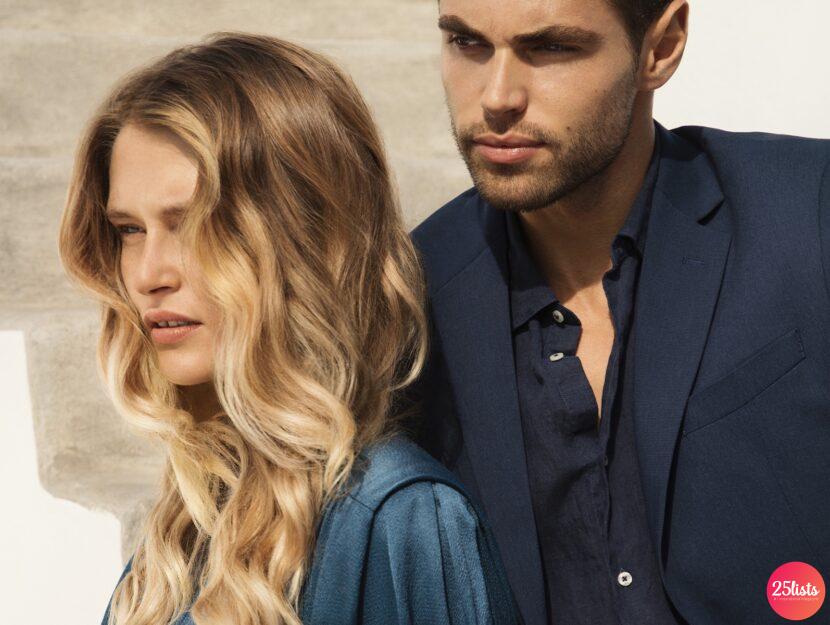A success that does not cease to fade that of shatush. Could it be because it is basically the only lightening that recalls the “sun kissed” effect? The fact is that every year new techniques and looks come out, all to be copied
Among the hair lightening techniques, the shatush always remains on the crest of the wave. Indeed, the metaphor fits perfectly, since the effect on the hair is like what you get after a beach holiday, when the goal is to maintain the reflections given by the summer sun. After years of shatush with contrasting lightening, in 2021 a more gradual effect is returned. Overall the end result is very natural with more or less imperceptible differences in color. By virtue of this naturalness, the new shatush technique recalls that of balayage, with the difference that the brushstrokes of lighter color they are arranged horizontally. Balayage, on the other hand, follows a trend in vertical sections.
Shatush blond
Kemon
The peculiarity of the blond shatush consists in one undefined discoloration, but soft and unstructured, just like ash blonde hair after summer. The charm of this lightening technique, now an evergreen, consists precisely in the fact that it has something sweet like the sea breeze and the heat of the sun. Which in practice means: not understanding where the lightening begins and where the natural hair color ends. For this reason, it is on long hair that the shatush gives its best: there is more “matter” to explore all shades of blonde or caramel. In the photo above, a look of Kemon 2021 collection.
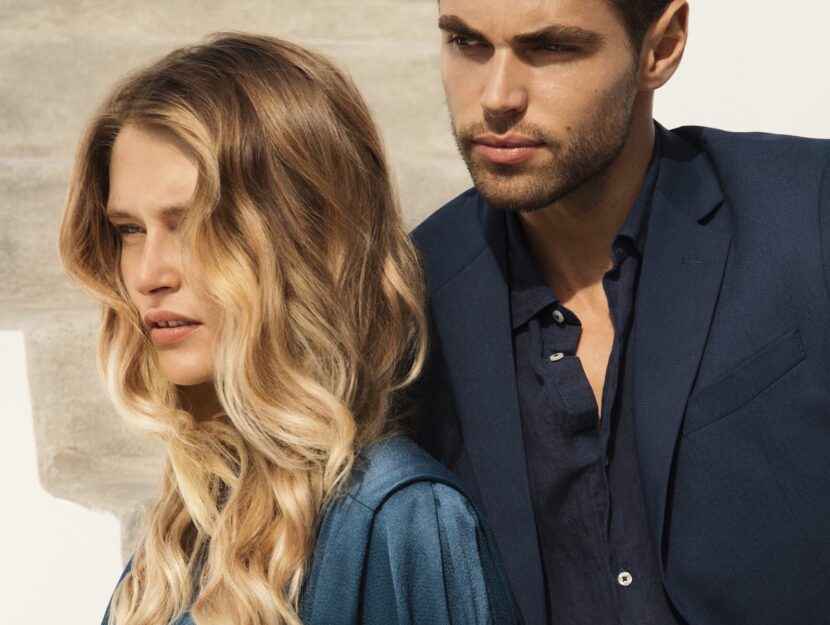 Franck Provost
Franck Provost
In addition to the typical sunkissed hair effect, the new shatush will really like it because it does not leave an unsightly regrowth, as happens for the clear and monochromatic colors. To this we owe all its practicality that makes it possible to touch up the shatush even after 3 months, without having a messy appearance in the meantime. In the photo above a look Franck Provost from the 2021 collection.
How shatush is made
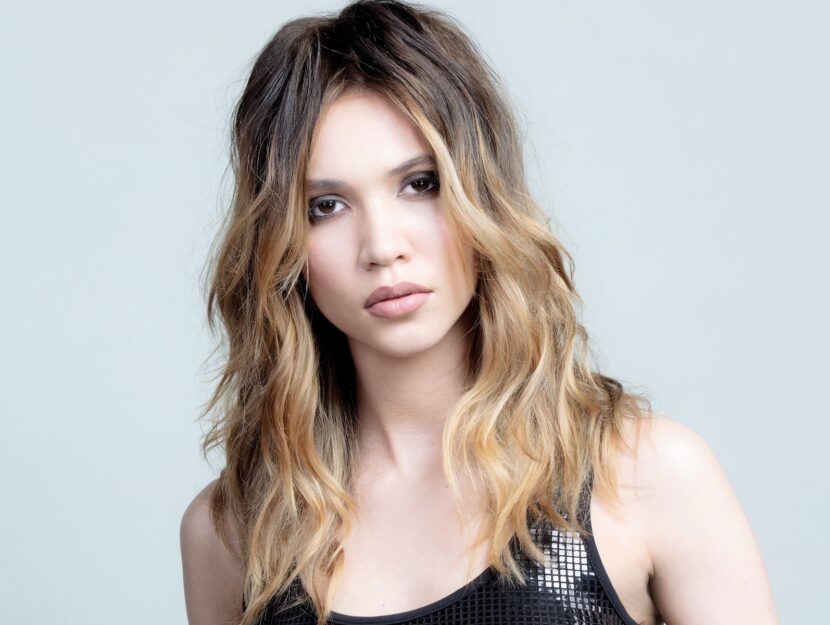 Capellimania
Capellimania
The lightening technique is that of bleaching after having teased the hair. In this way, you do not get clearer rigid lines, as happens with highlights and streaks: on the contrary, you get a almost random lightening effect. An effect further favored by freehand brush strokes. To get an idea, imagine you are on vacation and tie your (long) hair in the sun: after all, it is the case that decides which section of hair will be lightened. Lightening the hair with the shatush method involves precisely this type of randomness: dividing the head into sections and then teasing the strands, on which the bleaching agent will be applied from the roots to the tips. The typical ruffle of teased hair creates the soft effect that characterizes the shatush. The blonde is almost brushed!
Above a look of Capellimani of 2021.
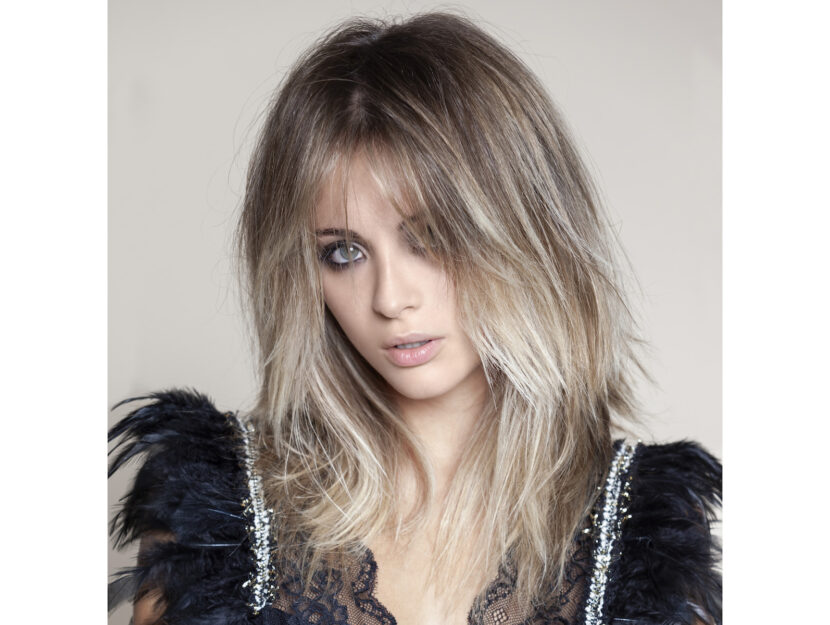 Coppola
Coppola
Who is shatush suitable for? In reality, all types of hair can afford shatush: there are no contraindications other than generic ones for all chemical treatments. Make sure your colourist uses high quality products and great professionalism. Only you rely on a color expert, you are sure you can control the degrees of natural lightening, which would otherwise lose its charm to simulate the memory of one summer vacation. Above, a Coppola look from 2021.
How to choose the right shatush
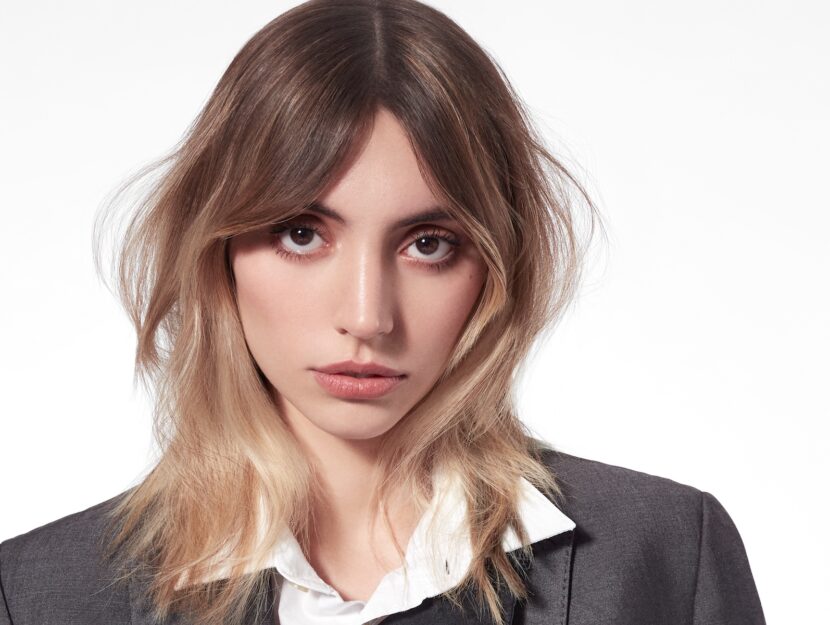 Wella James collection
Wella James collection
There are two factors to keep in mind: complexion and base color. Those with pale to medium skin and light brown hair can choose warm colors over honey, while those with olive skin and dark eyes better go towards cold shades like sand. The real problem for those who tend to brown, is to avoid the “orange risk”, given by the fact that in the brown hair, artificial or natural, there are red undertones.
On the other hand, those with a pink complexion and ashy hair can dare the Irish blond which has almost rosy reflections, beautiful because it avoids the washed-out effect on the face. And who has red hair? If to those mahogany the lightening would be from advise against (they become pink-fuchsia), the auburns can instead lighten by a couple of tones lengths. In the photo above, a look from the James 2021 collection.
Shatush on long hair
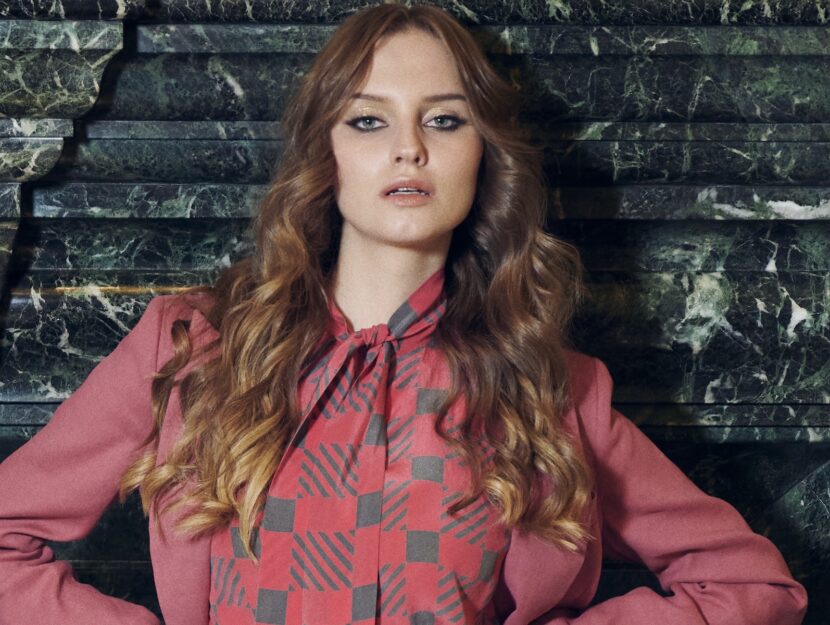
On long and slightly scaled hair the shatush gives its best: in this case it is always better to stay as far as possible from the root and lighten the strands along the entire line of the hairline in a degrading way, to give more light to the face, but also to avoid that, by collecting them, you see too dark. This is why it is often also played with two shades different, one lighter at the tips and one medium at mid-length. The trend, in general, is however to always use freehand techniques, in which the hairdresser decides where to apply more or less color. In the photo a look Framesi 2021 collection.
How to keep shatush
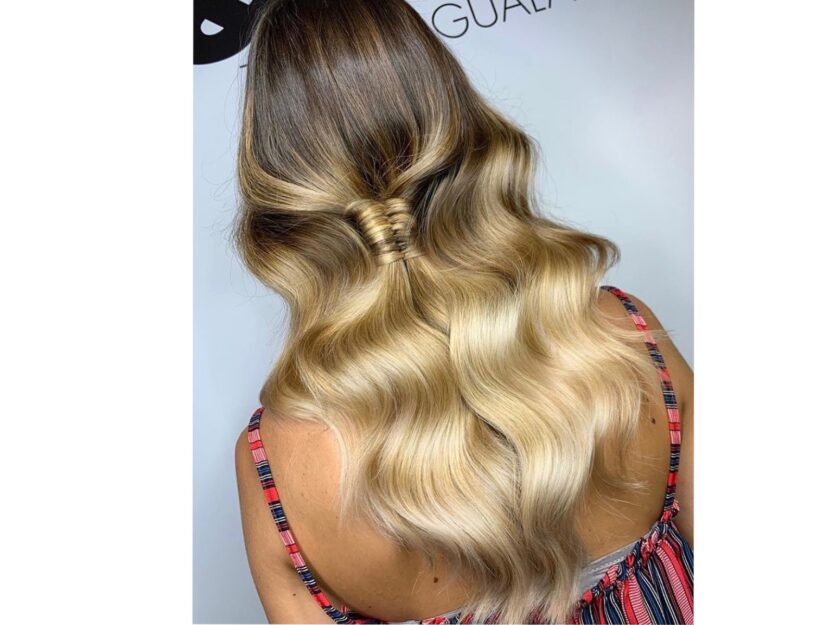 TONI & GUY
TONI & GUY
The new bleaching formulas they are increasingly delicate and respectful of the fiber. But lightened hair is still hair that has been stripped of the pigment by opening the scales. So they go pampered. As with all hair treated in general, it is best to always choose phosphate-free products: they will stay brighter and the color will last longer. To keep the shatush soft and shiny it is good to use one moisturizing shampoo, preferably plant-based, followed by a balm or a mask that contains amino acids: the latter serve to repair and recompact the fiber. Once dry, you can use a restructuring fluid without rinsing. Above a look of TONI & GUY.
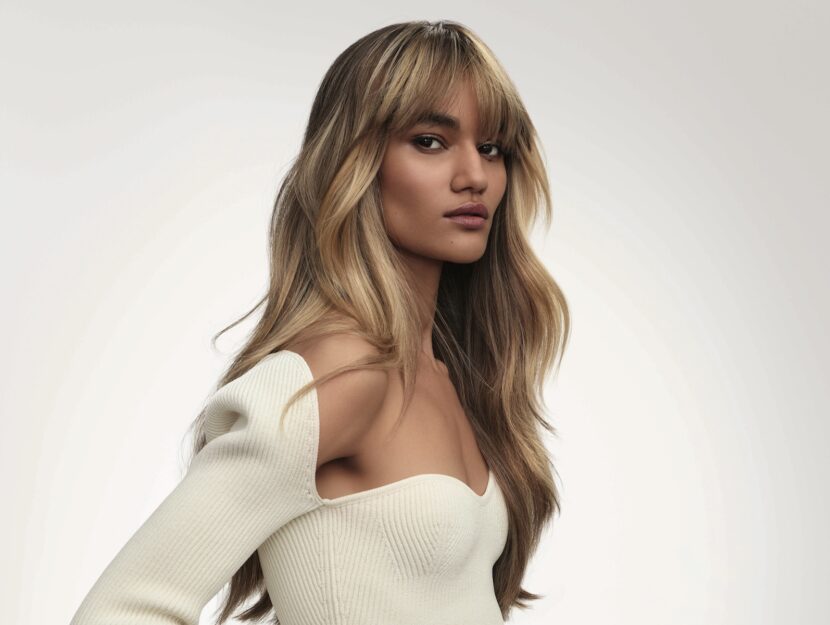 L’Oréal Professionnel
L’Oréal Professionnel
Over time, however, another danger is incurred: that the color loses intensity and the lightened locks turn yellow. To avoid this, just use a product every two washes toning blue-violet (easily found in specialized stores). It is used like a normal shampoo, but it is left on for a couple of minutes like a mask: so the straw-colored risk is averted. In the photo above a look L’Oréal Professionnel.
The new shatush
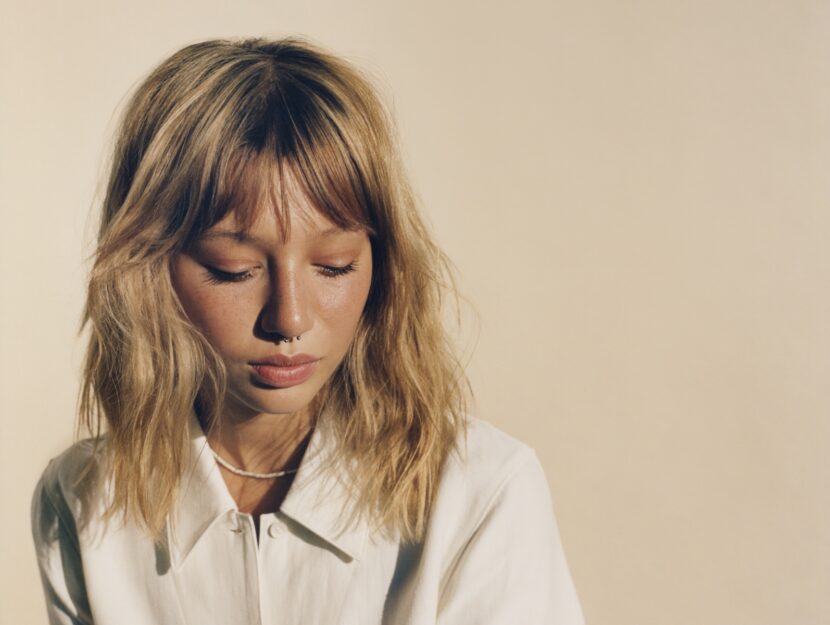 Davines
Davines
The new shatush the Sculptoning technique is the protagonist. The method consists in this: it is about using the hair as a precious raw material on which the hairstylist can sculpt volumes freehand through different shades of blond. Just like make-up contouring, the sculpting technique creates darker shades for sculpt and enhance blonde hair. The color is applied by the hairstylist with freehand brush strokes on the areas you want to enhance, creating darker sections in strategic points. In the photo a look Davines.
Brown shatush
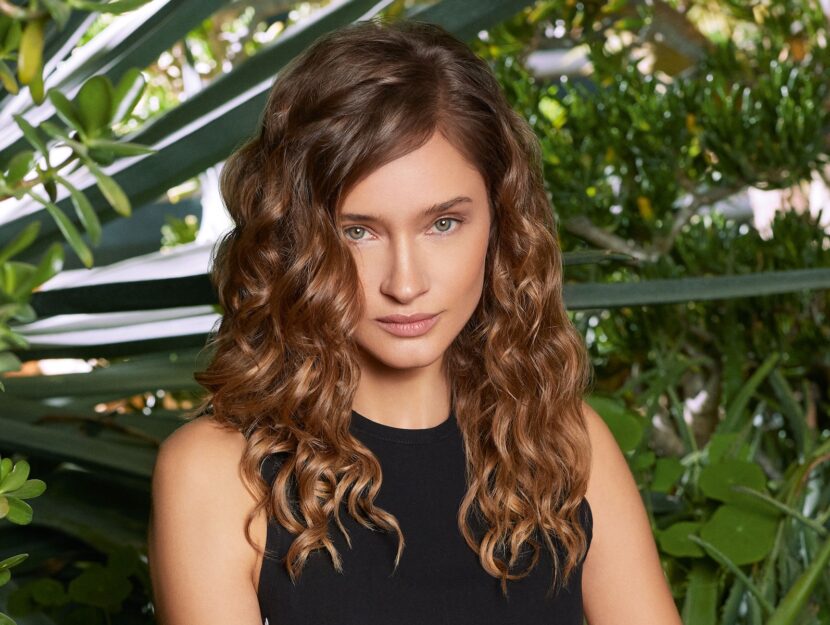 EVOS
EVOS
On brown hair the shatush provides honey and caramel lightening that deviate from the base color by 2 tones. The effect is still very natural, just like sun-kissed hair. In the photo above a look Evos.

